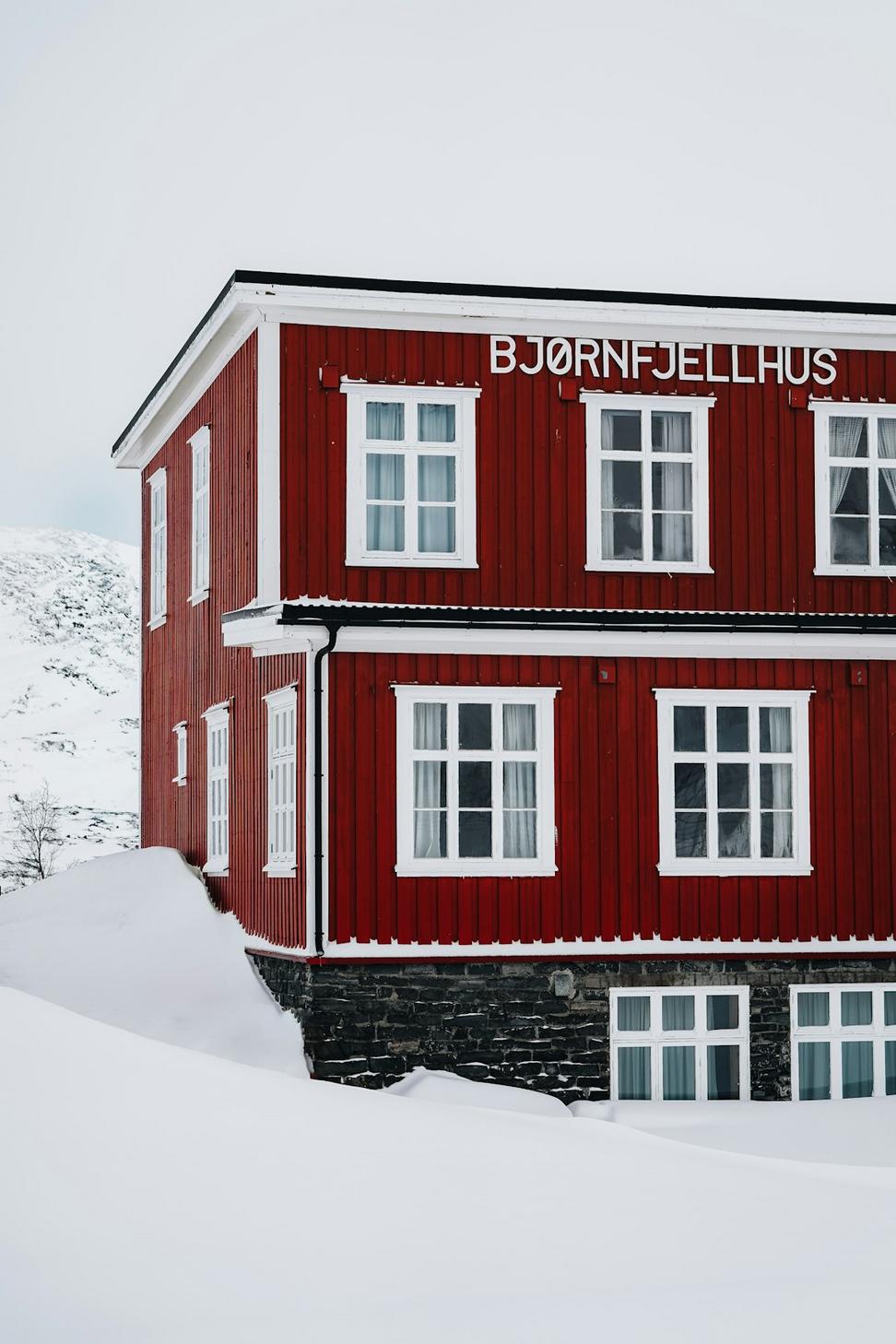
Inuvik Research Station
This one was a real challenge - designing a year-round research facility that could handle temperatures down to -50°C while keeping energy costs reasonable. We ended up going with a modular design that lets sections be heated independently, which turned out to be a game-changer for the operating budget.
The triple-glazed windows with inert gas fills weren't cheap, but they've paid for themselves twice over in the first three years. Plus, we integrated the building into the permafrost landscape without disturbing the thermal balance underneath - that took some careful planning with the foundation system.
Inuvik, Northwest Territories
Winter 2023
4,200 sq ft
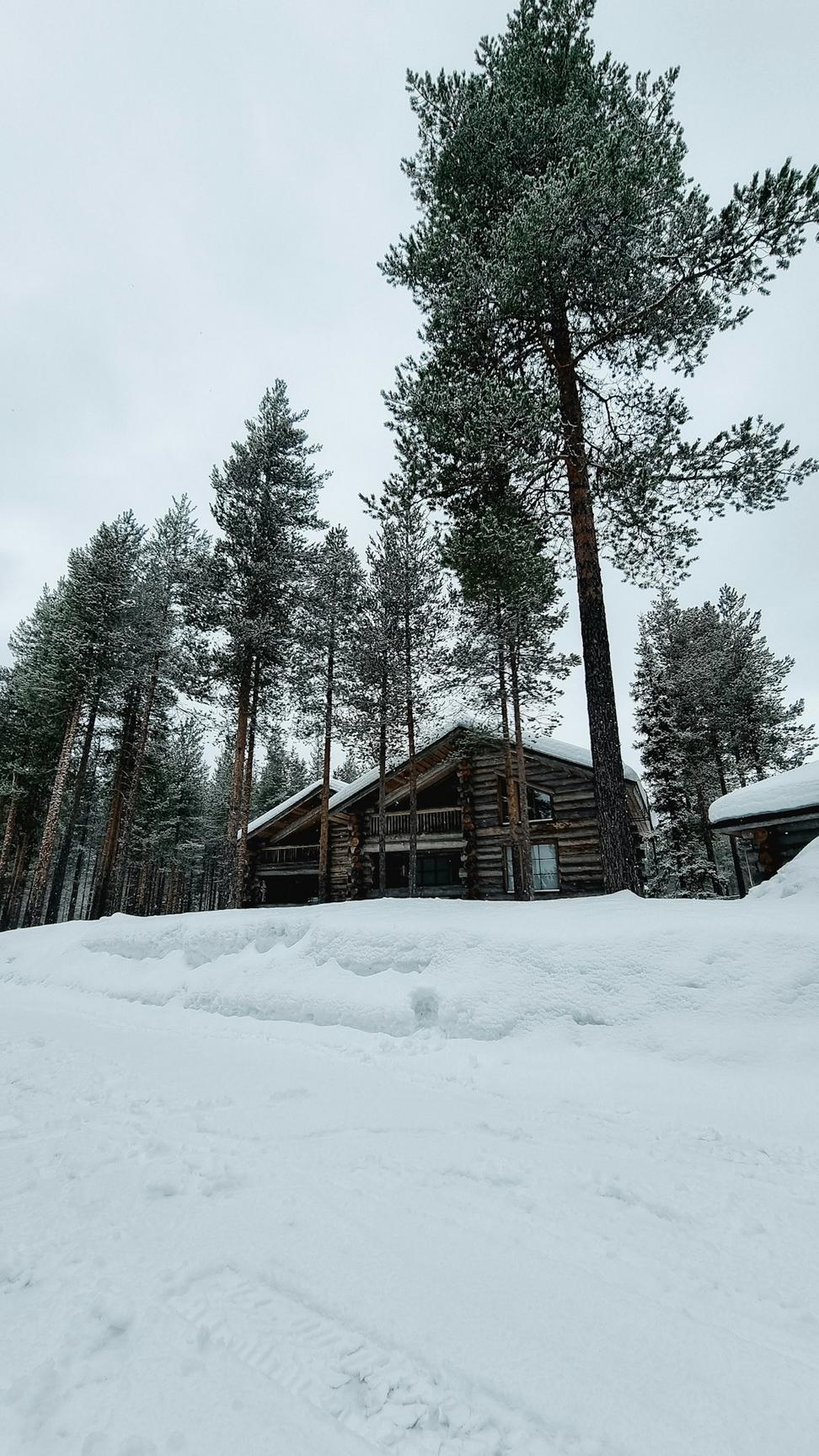
Whitehorse Family Home
A 2,800 sq ft family residence that really embraces the whole "living with winter" concept. The clients wanted tons of natural light despite the short days, so we went with this south-facing design that captures every bit of winter sun.
The radiant floor heating throughout keeps things cozy without the noise of forced air, and the wood-burning backup system has come in handy during a couple of power outages. The kids' rooms face south too - turns out that morning light makes a huge difference during those dark January mornings.
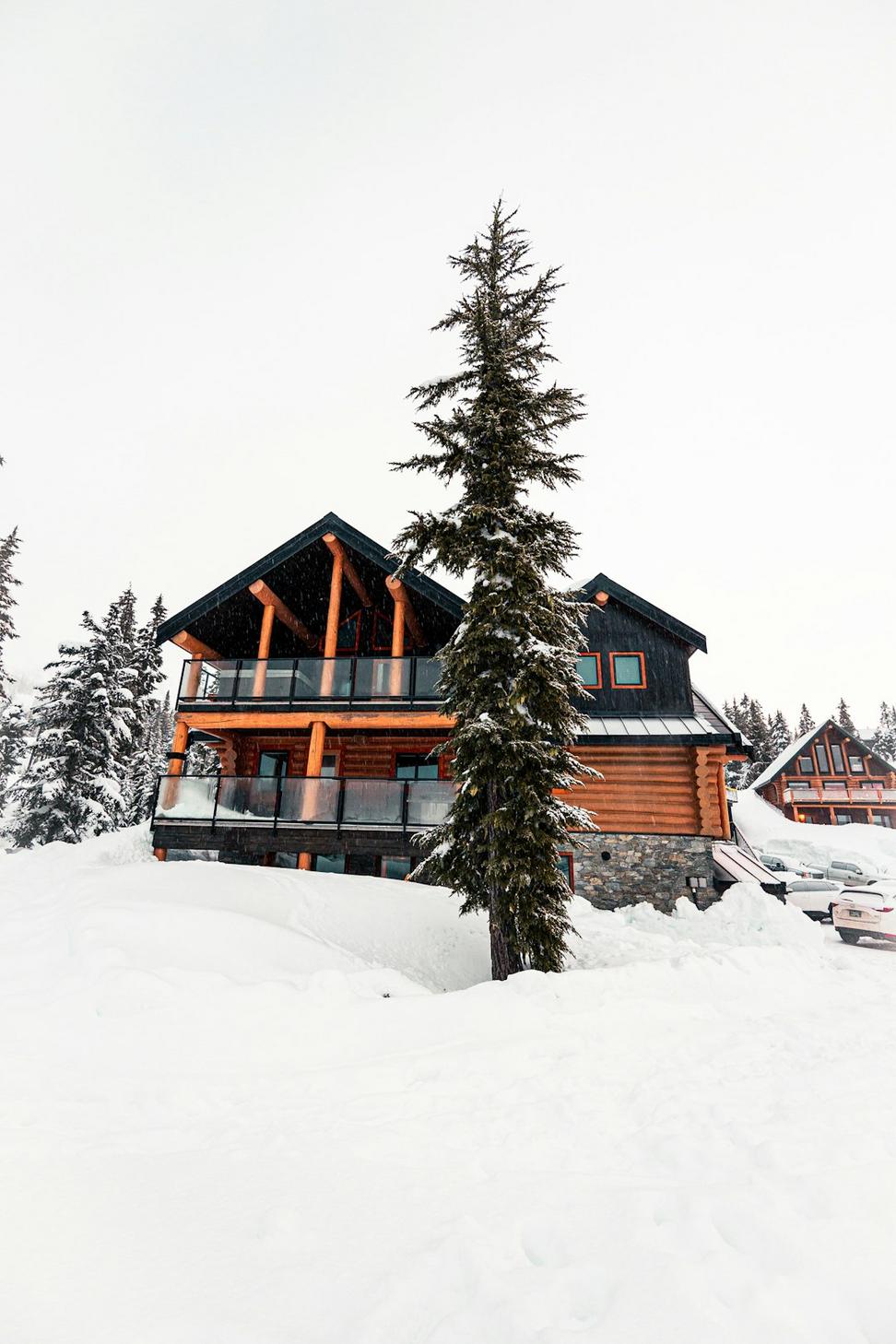
Whistler Alpine Retreat
This mountain lodge sits at 1,200 meters and deals with some serious snow loads - we're talking up to 3 meters on the roof in a heavy year. The structural engineering had to account for that while still giving the owners those massive windows they wanted for the views.
We used a combination of cross-laminated timber and steel to handle the loads, and the roof pitch is steep enough that most snow just slides off naturally. There's a heated driveway too - not just luxury, it's actually necessary up there unless you wanna spend half your morning shoveling.
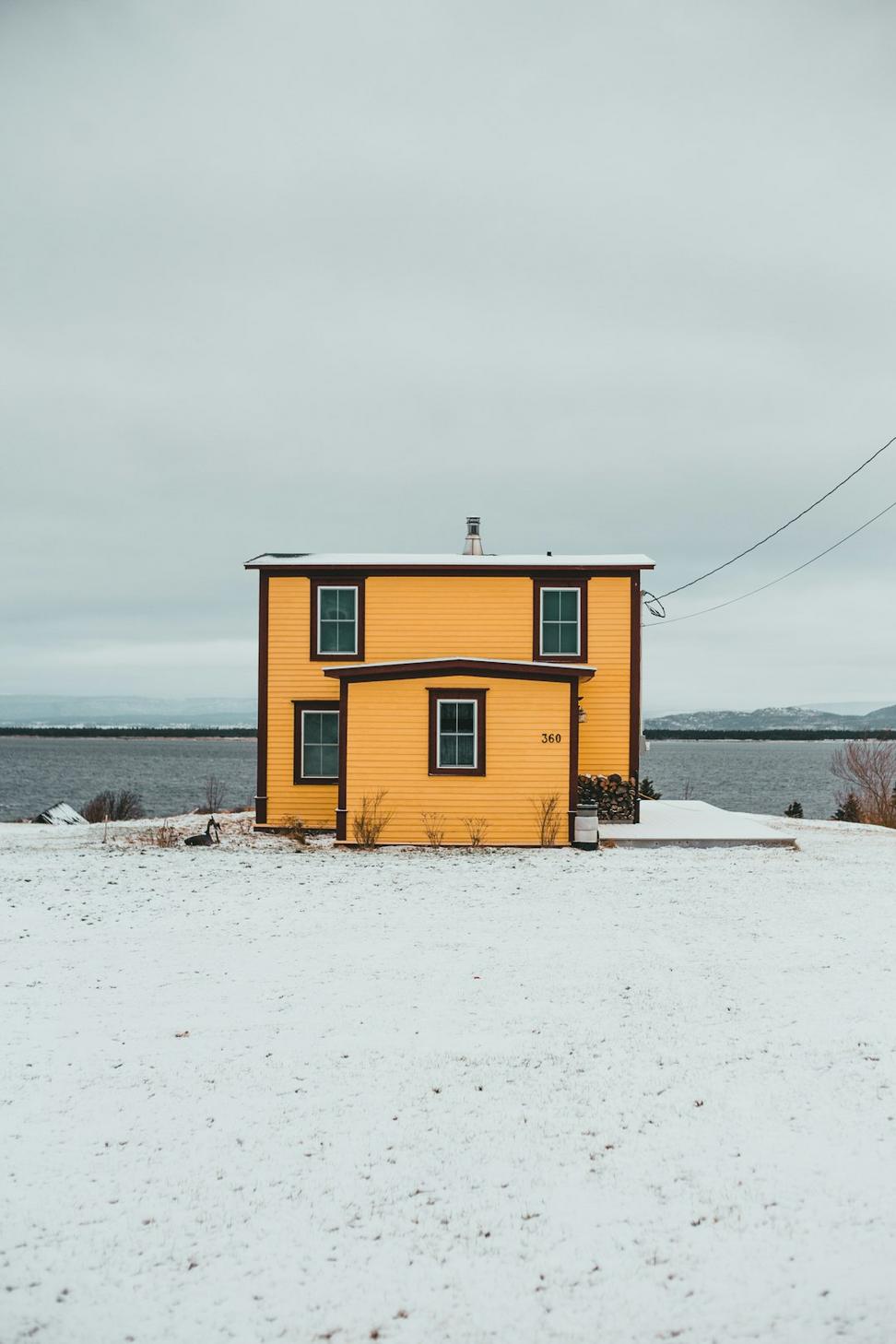
Tofino Weather Station
Coastal cold is different from inland cold - you're dealing with constant moisture, salt air, and wind that just doesn't quit. This weather monitoring station needed to be bulletproof against all that while housing sensitive equipment.
Every exterior surface got special treatment - the metal cladding is marine-grade, all the seals are double-redundant, and we positioned the building to minimize direct wind exposure. The ventilation system filters and dehumidifies continuously, which was critical for keeping the equipment happy.
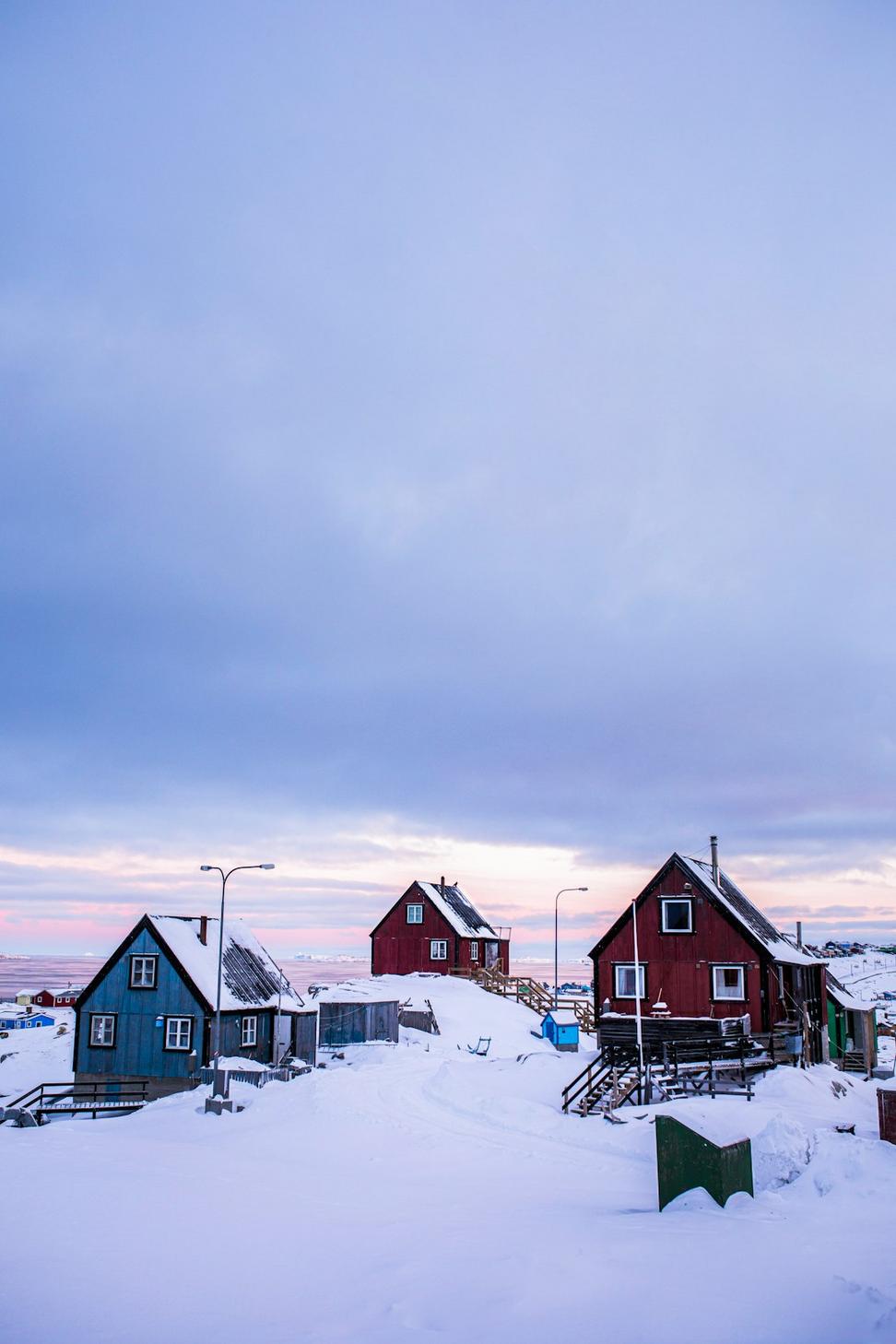
Iqaluit Community Hub
Building a community space in Iqaluit meant working with the local community from day one. They wanted a gathering place that felt warm and welcoming despite the harsh climate outside, and that could handle everything from kids' programs to elder gatherings.
The main hall has this curved ceiling that improves acoustics and heat distribution - simple physics but it works. We brought in as much natural light as possible while still maintaining thermal efficiency. The entrance vestibule design is something we've refined over the years to minimize heat loss when people come and go.
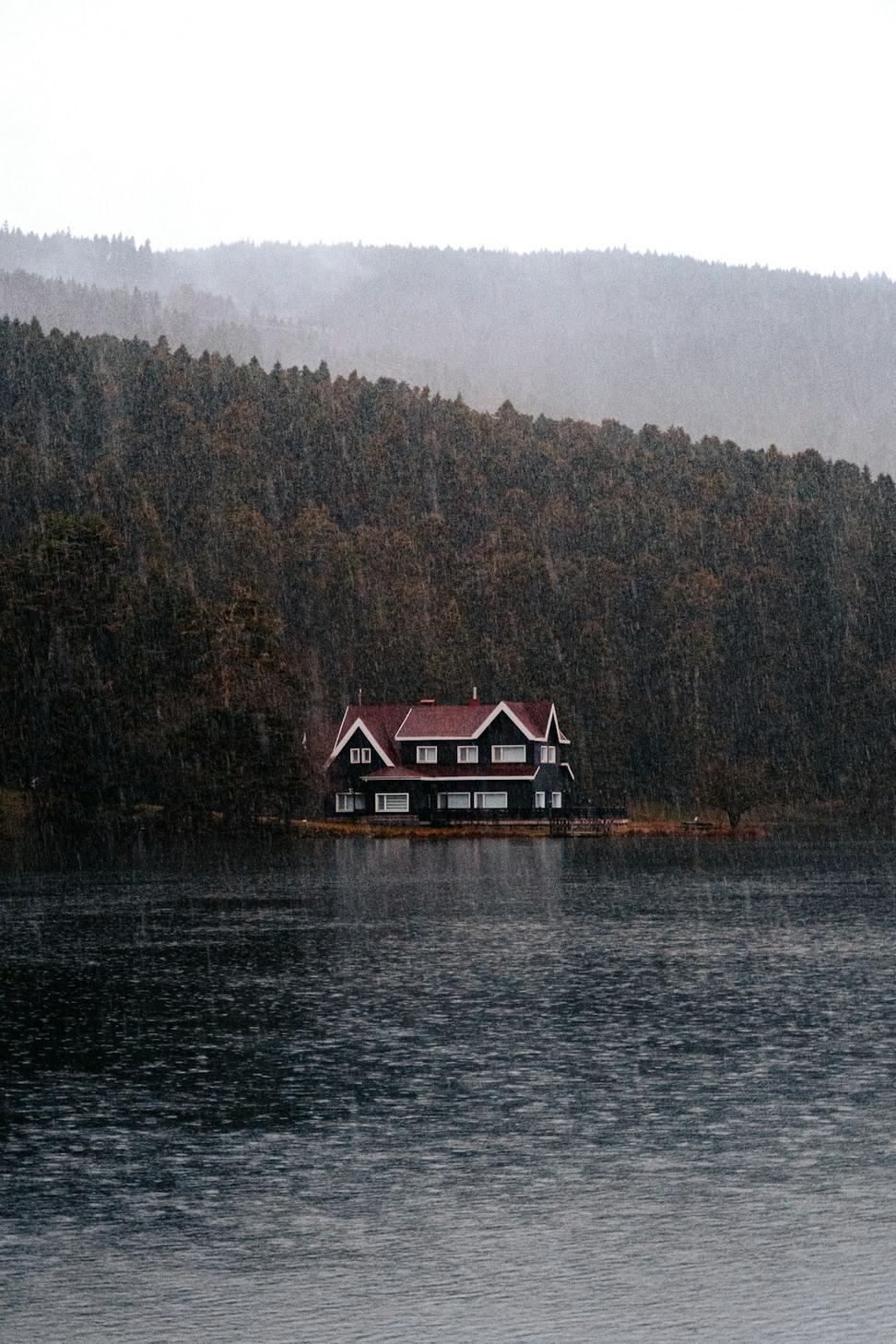
Great Slave Lake Residence
Lakefront property in Yellowknife is beautiful but comes with its own set of challenges. The owners wanted to take advantage of the views without turning the place into an icebox during winter. We oriented most of the glass toward the lake and south, with minimal openings on the north side.
The foundation had to account for permafrost conditions, so we used adjustable screw piles that can be fine-tuned if there's any shifting. It's been five years now and everything's holding steady. The geothermal system taps into the lake for heating and cooling - works surprisingly well even when the lake's frozen solid.
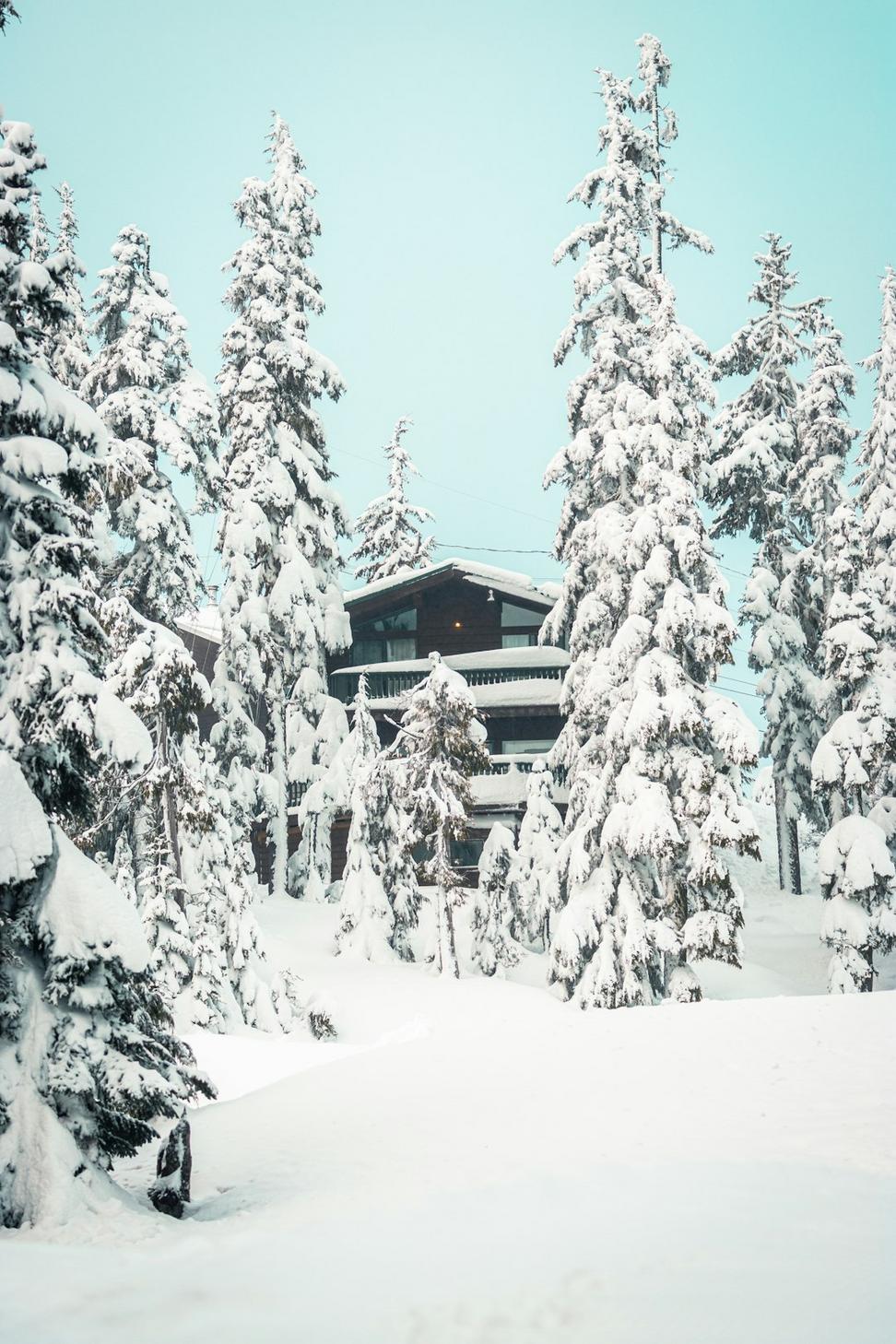
Revelstoke Base Lodge
Designing for a ski resort means thinking about foot traffic, wet gear, and keeping the place warm when the doors are constantly opening. This base lodge handles about 500 people daily during peak season, so the mechanical systems had to be seriously robust.
We created separate zones for the restaurant, retail, and gear rental areas, each with its own climate control. The entrance has an airlock system that's become pretty standard in our cold climate work - reduces heat loss by about 40% compared to a single-door setup. The building's been through three winters now and the energy bills are actually coming in under the projections, which doesn't happen often.
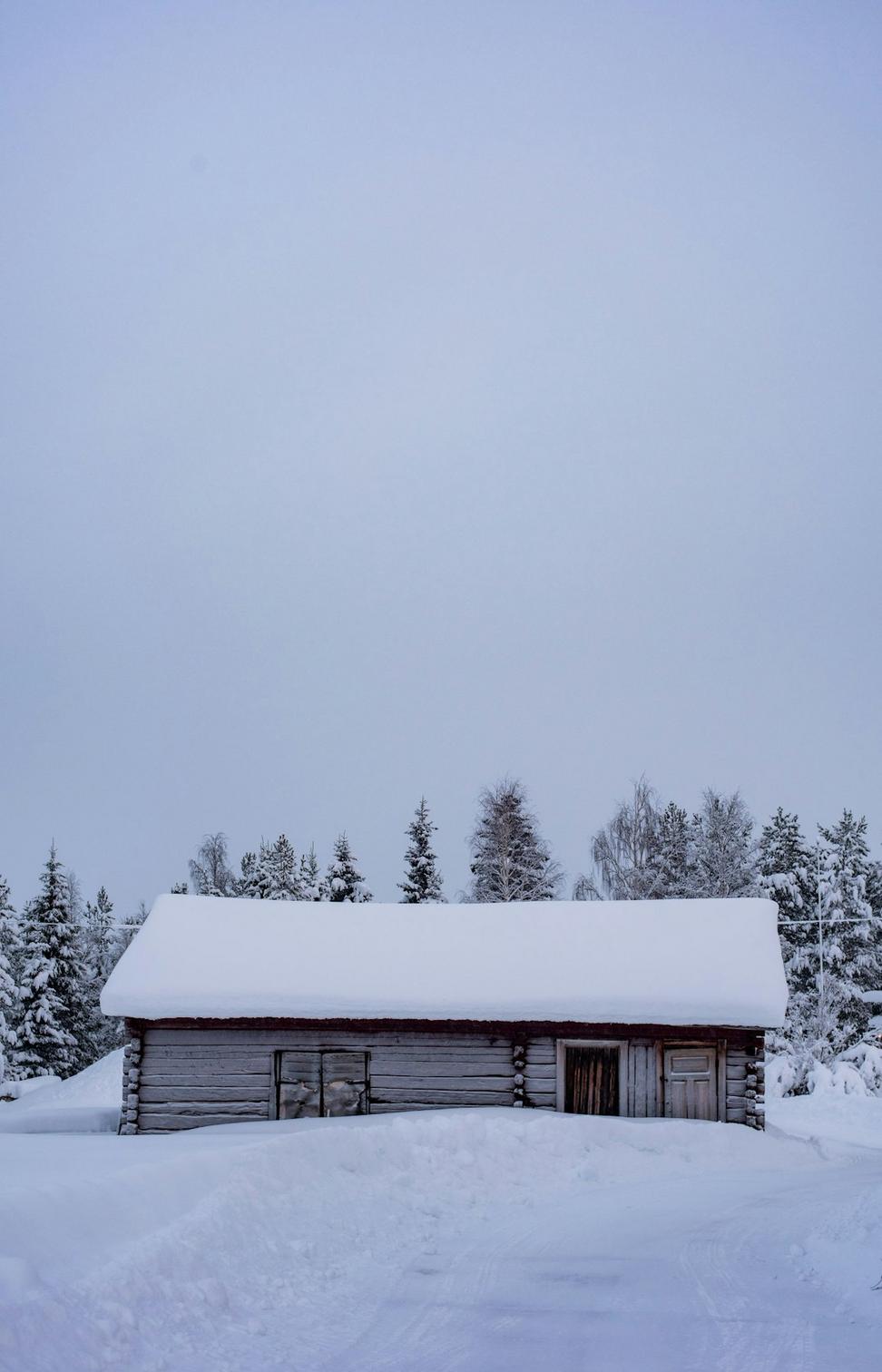
Cambridge Bay Field Station
Sometimes smaller is harder. This 800 sq ft research cabin had to be completely self-sufficient - solar panels, battery storage, water collection, the works. Getting materials up there was expensive, so we pre-fabbed most of it in Yellowknife and assembled on site in about two weeks.
The compact design actually helps with heating efficiency - less space to keep warm. We maxed out the insulation everywhere and used a super-efficient wood stove as the primary heat source. The researchers say it stays comfortable even when it's -45°C outside, which was exactly what we were aiming for.
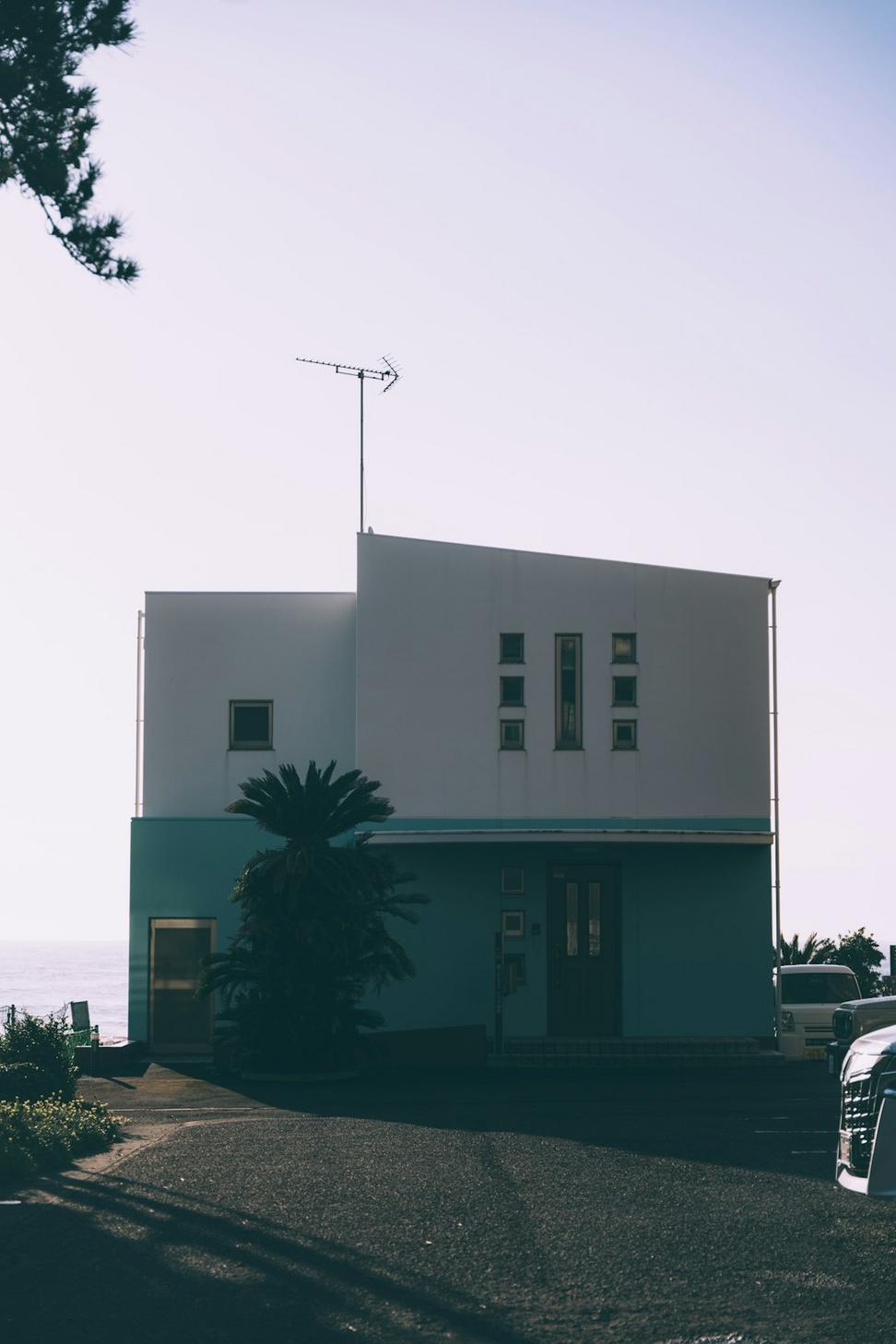
Prince Rupert Oceanfront
This one's perched right on the coast where you get the full force of Pacific storms rolling in. The clients weren't backing down from the location though - they'd been dreaming about it for years. So we had to figure out how to make it work without compromising on the views or structural integrity.
Wind loading calculations were intense - we designed for sustained winds up to 140 km/h. The windows are impact-rated and the entire structure is anchored deep into bedrock. All the mechanical equipment is in a protected internal core rather than exposed on the roof. Three years in and it's weathered some nasty storms without any issues. The dehumidification system runs pretty much year-round to deal with the moisture, but that's just part of coastal living.
By the Numbers
What we've accomplished across the cold zones
47
Completed Projects
-52°C
Coldest Design Temp
38%
Avg Energy Savings
8
Climate Zones